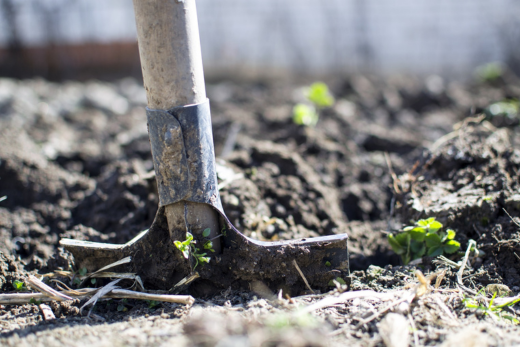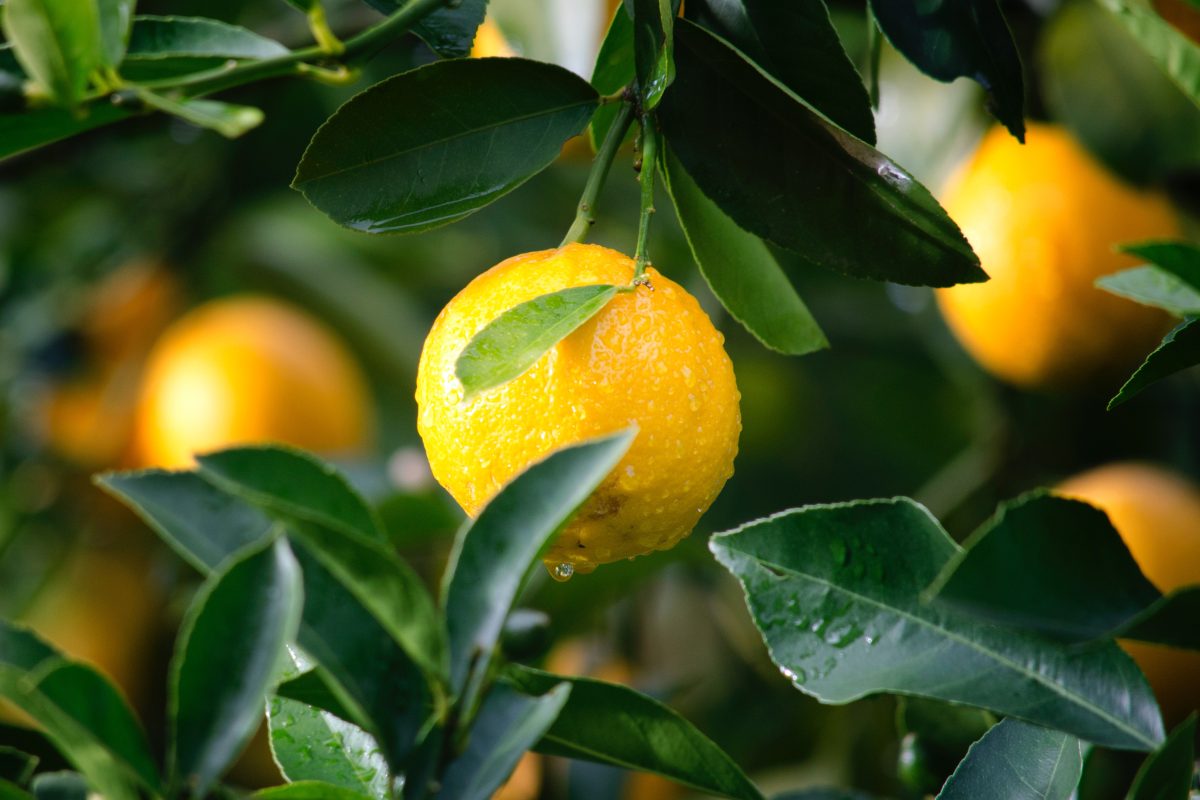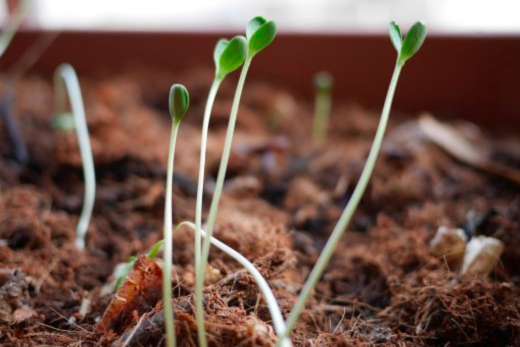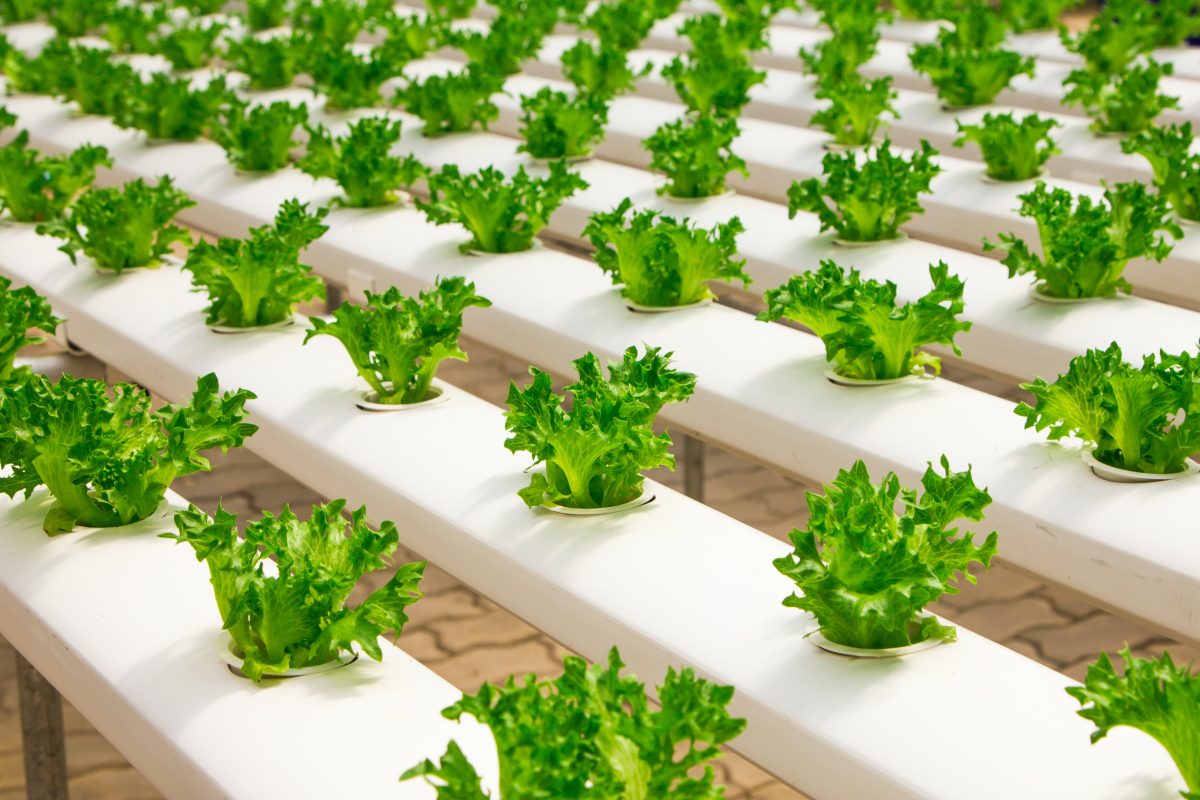Vertical farming is a groundbreaking agricultural approach that offers a solution to the challenges of traditional farming. With the global population rapidly expanding and urban areas becoming more densely populated, the demand for food is steadily increasing.
However, traditional farming methods face limitations such as limited arable land, dependence on favorable weather conditions, and the excessive use of water and chemical inputs.
In this article, we provide an overview of vertical farming, covering its definition, techniques, benefits, and applications. We explore how it works, its advantages such as increased crop yield and resource efficiency, as well as its challenges.
What Is Vertical Farming?
Vertical farming is an innovative agricultural method that involves cultivating crops in vertically stacked layers or structures, typically indoors or in controlled environments. It utilizes techniques such as hydroponics (growing plants without soil) and aeroponics (growing plants in an air or mist environment) to provide plants with nutrients and support their growth.

By utilizing vertical space efficiently, this approach allows for high-density crop production and minimizes the need for large land areas.
The concept of vertical farming traces its roots back to the early 20th century, but it gained significant traction in recent decades.
Driven by the need to address food security, urbanization, and sustainability concerns, vertical farming has evolved and gained attention as a potential solution.
Advances in technology, including artificial lighting systems, automation, and environmental control systems, have contributed to its development and widespread adoption.
How Does Vertical Farming Work?
Vertical farming systems are designed to optimize space utilization and create controlled environments for plant growth. The structures can vary from repurposed buildings to specially constructed vertical farms.
They feature stacked growing layers, typically arranged in racks or shelves, where crops are cultivated. The design incorporates efficient use of lighting, water, and nutrients, as well as automation and monitoring systems to ensure optimal conditions for plant growth.
Explanation Of Vertical Farming Techniques (E.g. Hydroponics, Aeroponics)
Vertical farming employs innovative cultivation techniques, with hydroponics and aeroponics being the most common.
Hydroponics involves growing plants in a nutrient-rich water solution without soil, using various mediums like perlite, coconut coir, or rockwool to support the roots.
Aeroponics, on the other hand, cultivates plants by misting the roots with a nutrient solution in a controlled environment, providing them with water, nutrients, and oxygen.
These techniques eliminate the need for soil, enable precise control over nutrient intake, and reduce water usage compared to traditional soil-based farming. They also allow for faster plant growth and increased crop yields.
One critical aspect of vertical farming is artificial lighting. Since plants grown indoors lack access to natural sunlight, specialized lighting systems, such as LED (Light Emitting Diodes) or fluorescent lights, are used to provide the necessary light spectrum for photosynthesis.
These systems can be adjusted to different growth stages of plants, optimizing energy efficiency.
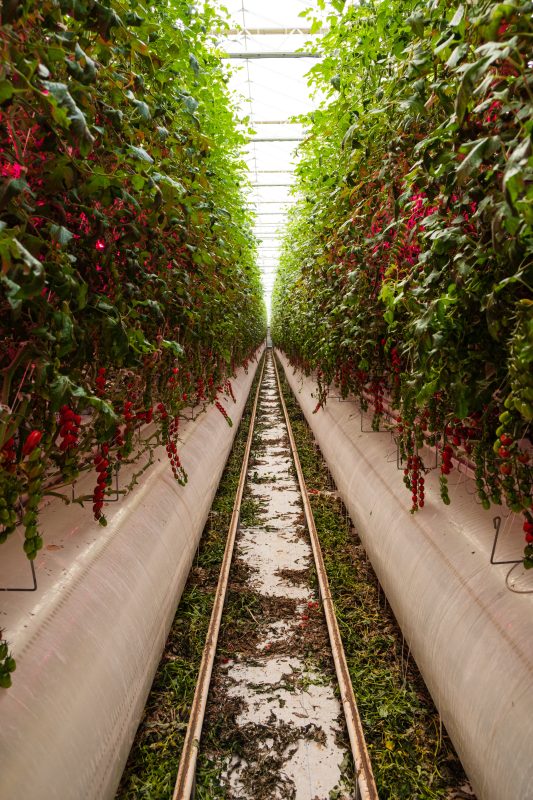
Climate control systems play a vital role in vertical farming as well. They regulate temperature, humidity, and ventilation within the growing environment to create optimal conditions for plant growth and prevent disease outbreaks.
These systems ensure that crops thrive in a controlled and consistent environment throughout the year.
By understanding the structure and design of vertical farming, the cultivation techniques used, and the importance of lighting and climate control systems, readers can grasp the mechanics behind this innovative farming method.
Advantages Of Vertical Farming
- It maximizes land efficiency by utilizing vertical space and enabling the stacking of multiple growing layers. This allows for higher crop yields compared to traditional farming methods.
- Vertical farming reduces water usage significantly by employing closed-loop irrigation systems and recirculating nutrient solutions. It also minimizes the need for chemical pesticides and fertilizers, promoting sustainable and eco-friendly practices.
- Vertical farming enables year-round crop production, independent of external factors like weather conditions, ensuring a consistent and reliable food supply.
- It allows for localized production, reducing transportation distances and offering fresher produce to consumers.
Challenges And Limitations
Initial Setup Costs
Implementing a vertical farming system can involve significant upfront costs. The construction or retrofitting of structures, installation of specialized equipment, lighting systems, climate control systems, and automation technologies can be expensive.
Energy Requirements
Vertical farming relies heavily on artificial lighting, which consumes a substantial amount of energy. Providing the optimal light spectrum for plant growth throughout the year requires a continuous and substantial energy supply.
Technical Complexities And Expertise
Vertical farming involves intricate systems and technologies that require technical expertise for successful implementation and operation. Knowledge in areas such as hydroponics, aeroponics, lighting systems, climate control, and automation is necessary.
Crop Selection And Limitations
While many crops can be grown successfully in vertical farms, some crops may not be suitable or economically viable due to space constraints, growth requirements, or limitations of cultivation techniques. Crops with deep root systems, large canopies, or long growth cycles may pose challenges in vertical farming systems.
Applications For Vertical Farming
- Urban Agriculture And Food Deserts
- By utilizing unused or repurposed spaces such as rooftops or abandoned buildings, vertical farms can bring agriculture closer to urban populations. This enables the production of fresh and nutritious food locally, addressing food deserts—areas with limited access to fresh produce.
- Sustainability And Resource Conservation
- Its efficient use of space and vertical stacking allows for higher crop yields per square meter, reducing land requirements and preserving natural habitats. By employing closed-loop irrigation systems, water usage is significantly reduced compared to traditional farming.
- Commercial And Industrial Use
- Vertical farms can cater to the demands of local restaurants, supermarkets, and food service industries. In industrial settings, vertical farming can be integrated into large-scale food production systems, contributing to a more sustainable and resilient food supply chain.
Future Potential And Impact
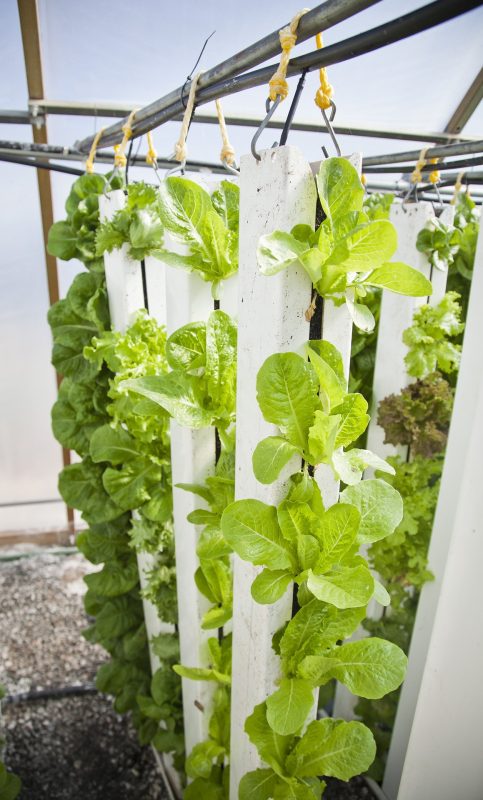
Vertical farming is a dynamic field with ongoing advancements and emerging trends.
Technological innovations, such as advanced lighting systems, sensors, robotics, and artificial intelligence, are revolutionizing the efficiency and productivity of vertical farming operations.
Vertical farming has the potential to significantly contribute to global food production.
By maximizing land efficiency and overcoming traditional farming constraints, it can produce larger quantities of crops in smaller areas.
This farming technique offers solutions for limited arable land, climate challenges, and localized food production, shaping a resilient and sustainable future.

